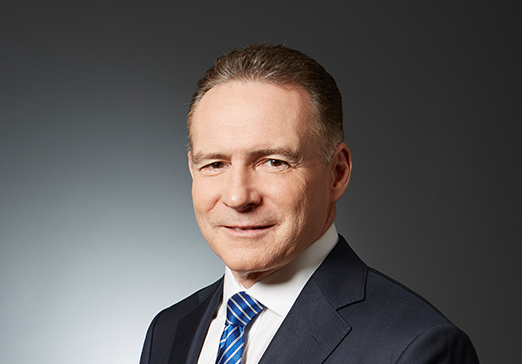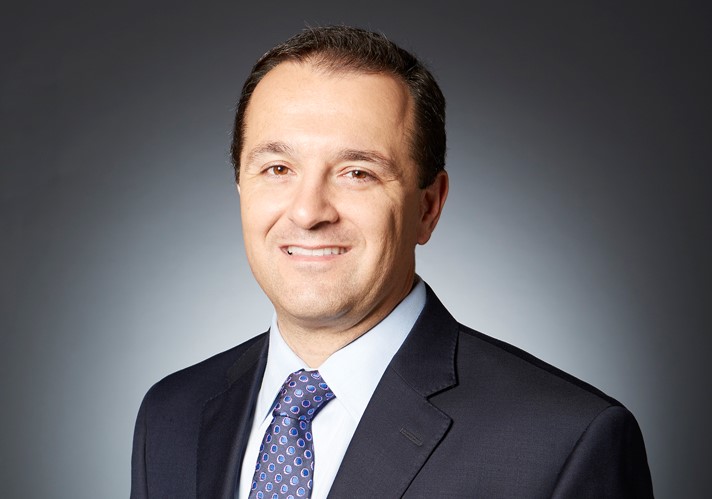Q2 2021 Strategy & Market Reviews
Each quarter, our Investment Management teams publish their key observations and portfolio updates across Global Equity and Fixed Income markets. This is a summary of our views for the Second Quarter of 2021. You can download the full reports HERE, or via the links shown below.
KEY OBSERVATIONS
Last quarter, we described the economy as “smoking hot,” the markets were strong and we wondered whether we were likely to see a temporary pullback that would allow corporate earnings to catch up with rising stock prices, or an upward revision of the already-rosy earnings outlook.
The verdict is now in. In the latest quarter, the S&P 500 advanced more than 8%, while the consensus earnings outlook rose by almost 11%. In other words, the economy remains smoking hot, yet the market is actually a little less expensive today than it was 90 days ago, at least relative to expected earnings.
The Federal Reserve (The Fed) increased its real GDP growth targets from 6.5% to 7% for 2021, unchanged for 2022, and up from 2.2% to 2.4% for 2023. We think this may provide a positive set-up for further earnings acceleration. Looking at the interplay between corporate earnings and stock prices over the past 50 years, this could prove quite positive for the market if history repeats itself.
The Fed also said that it expects inflation to peak at 3.4% this year before trending back to just above 2% in 2023. While this higher inflation was portrayed as transitory – and many of the underlying components, such as used vehicles, auto rentals, airfares and lodging are probably transitory – it is also possible that a reacceleration in employment and wage gains may not be so transitory. Time will tell.
In our view, given the strength of the economy and the strong outlook for earnings, and provided that interest rates remain low, it makes sense to continue to own equities.
NORTH AMERICAN STRATEGY

Peter Jackson, HBSc, MBA, CFA
Chief Investment Officer
Portfolio Manager, North American Equities
During the quarter, our overall equity exposure increased from 94% to 97%. Our US equity exposure remained flat at 48% while our Canadian exposure increased by 3% to 49%. Investors who follow our North American Plus International Strategy will have a higher allocation to international equities, which means their US and Canada weights will be proportionately lower.
We have continued to position the portfolio toward value-oriented stocks to benefit from the current economic recovery. These make up about 57% of the portfolio. Our allocation to growth stocks, which is typically less dependent on economic trends, is up slightly to about 35%. Staples, which we don’t classify as either growth or value, make up the balance.
Our allocation to Canada, which has predominantly value-oriented positions in sectors such as Financial Services, Consumer Discretionary, Industrials, Energy and Materials, has risen significantly since June 2020, from 40% to 49%. In parallel, there has been a decrease in US equity positions from 55% to 48%, comprising sectors such as Information Technology, Communications Services and Health Care.
We added one new position in the second quarter of 2021:
Topaz Energy is an oil and gas royalty company that takes a small (2-3%) royalty on each barrel of production on its acreage. Since it doesn’t have to commit any capital to exploration, free cash flow margins are very high at about 90% and can easily support a 5% dividend with a 65% payout ratio. Beyond the dividend, we believe upside will come from volume growth on their acreage and leverage to an improving natural gas price.
GLOBAL STRATEGY

Phil D’Iorio, MBA, CFA
Portfolio Manager, Global Equities
Global stock markets continued to rise during the second quarter, with the S&P 500 increasing by 8.2% and the MSCI World Index rising by 7.3%. On a year-to-date basis, the S&P 500 is up 14.4% and the MSCI World Index is up 12.2%. The year-to-date return for the S&P 500 is the second-best start to a year since 1998.
The global economic recovery is most obvious in the United States where the vaccine rollout is at an advanced stage. The US economy is growing fast, jobs are being added at a strong pace, and US consumer confidence recently hit its highest point since the pandemic began.
The last 15 months have been very generous to global equity markets. While we anticipate an ongoing recovery for the global economy, we are mindful of the risks – including the potential for a period of market consolidation, inflationary pressures, and new COVID variants.
So how should investors position their portfolios given the current backdrop? We believe that as we have said earlier, investing in high quality companies is the best way to protect our portfolios. High quality companies are characterized by strong pricing power and stable cash flow generation. This allows them to pass rising input costs along to customers, while insulating them from the higher interest payments associated with rising interest rates.
While we expect stock market gains to moderate from the robust pace of the last 15 months, we do believe that we remain in a secular bull market and as such, our portfolios are very well-positioned for this environment.
FIXED INCOME STRATEGY

Diane Pang, CPA, CA, CFA
Portfolio Manager, Fixed Income
Canada made major progress in vaccinations during the second quarter of 2021 with roughly two-thirds of the population now having had one dose and more than 30% fully vaccinated. Double vaccinations in the US have plateaued at around 47% of the population as reopening is in full swing.
Amid this progress, as we indicated earlier, stock markets continued to set new highs. Bonds told a bit of a different story, however, at least in part because central banks are still intervening with quantitative easing and yield curve control, which is keeping yields low.
The Bank of Canada’s most recent Monetary Policy Report was highly optimistic, which may have hinted at a rate hike as soon as late 2022. This possibility hinges on a number of assumptions, including smooth sailing with COVID and federal fiscal stimulus, sustained higher oil prices, a strong CAD/US exchange rate, and no major supply issues in areas such as lumber and microchips. We believe that any of these assumptions could disappoint on the downside.
The Canadian Bond Universe Index now yields 1.72%, which is unchanged from last quarter. We target a considerably higher yield for our clients. While the bond market spent the quarter in somewhat of a limbo, we were proactive in looking for opportunities and locking in yield where it makes sense.
Many onlookers want more from bonds than the current yield, but we remain patient. Our strategy is not predicated on having high volatility from which to derive our fixed income total returns. Actually, our preference is to be well-positioned for higher volatility to maintain stability, while we take advantage of less volatile periods to clip or earn decent levels of income from interest and distributions.
Many onlookers want more from bonds with yield, but we remain patient. Our strategy is not predicated on having high volatility from which to derive our fixed income total returns. Actually, our preference is to be well-positioned for higher volatility to maintain stability, while we take advantage of less volatile periods to clip or earn decent levels of income from interest and distributions.



